
Dongseongno: The Vibrant Heart of Daegu
Explore Dongseongno, the bustling heart of Daegu, known for its vibrant shopping streets, cultural landmarks, and diverse culinary delights.
Dongseongno is the pulsating core of Daegu, South Korea, a bustling neighbourhood that effortlessly blends tradition and modernity. Known for its vibrant atmosphere, this area is a haven for shoppers, food enthusiasts, and culture seekers. The streets are lined with an eclectic mix of high-end boutiques, trendy shops, and traditional markets, ensuring there's something for everyone. As you stroll down Dongseongno, you'll be captivated by the myriad of street performers, local artists, and musicians that add a lively charm to the area. The neighbourhood is also dotted with historical landmarks and cultural sites, offering a glimpse into Daegu's rich heritage. Don't miss the opportunity to visit the nearby Daegu Yangnyeongsi Museum of Oriental Medicine, where you can learn about traditional Korean medicine and its history. Food lovers will be in paradise here, as Dongseongno boasts a diverse array of dining options, from cozy cafes to bustling street food stalls. Be sure to try some local delicacies like tteokbokki (spicy rice cakes) and hotteok (sweet pancakes). In the evening, the neighbourhood transforms into a vibrant nightlife hub, with numerous bars, clubs, and karaoke rooms inviting you to experience the local nightlife.
Local tips in Dongseongno
- Visit in the evening to experience the lively nightlife and street performances.
- Wear comfortable shoes as you'll be doing a lot of walking around the bustling streets.
- Try local street food for an authentic taste of Daegu's culinary scene.
- Check out the Daegu Yangnyeongsi Museum of Oriental Medicine for a cultural and educational experience.
- Keep an eye out for seasonal festivals and events that often take place in the area.
Dongseongno: The Vibrant Heart of Daegu
Dongseongno is the pulsating core of Daegu, South Korea, a bustling neighbourhood that effortlessly blends tradition and modernity. Known for its vibrant atmosphere, this area is a haven for shoppers, food enthusiasts, and culture seekers. The streets are lined with an eclectic mix of high-end boutiques, trendy shops, and traditional markets, ensuring there's something for everyone. As you stroll down Dongseongno, you'll be captivated by the myriad of street performers, local artists, and musicians that add a lively charm to the area. The neighbourhood is also dotted with historical landmarks and cultural sites, offering a glimpse into Daegu's rich heritage. Don't miss the opportunity to visit the nearby Daegu Yangnyeongsi Museum of Oriental Medicine, where you can learn about traditional Korean medicine and its history. Food lovers will be in paradise here, as Dongseongno boasts a diverse array of dining options, from cozy cafes to bustling street food stalls. Be sure to try some local delicacies like tteokbokki (spicy rice cakes) and hotteok (sweet pancakes). In the evening, the neighbourhood transforms into a vibrant nightlife hub, with numerous bars, clubs, and karaoke rooms inviting you to experience the local nightlife.
Iconic landmarks you can’t miss
Seomun Market
Experience the vibrant culture and delicious cuisine of Seomun Market, a must-visit traditional market in the heart of Daegu, South Korea.
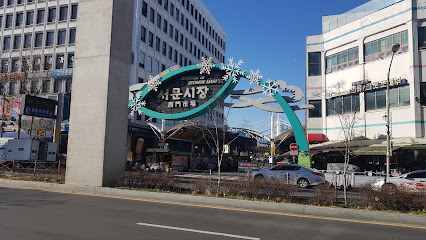
Kim Gwang-Seok Street
Discover the artistic heart of Daegu at Kim Gwang-Seok Street, where music and culture come alive through vibrant murals and local delights.
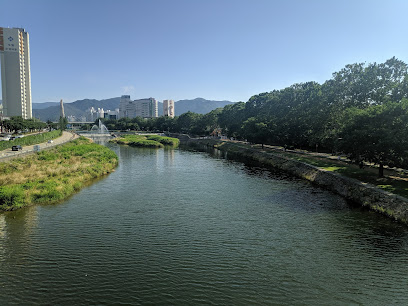
Daegu 83 Tower
Discover breathtaking views and cultural experiences at Daegu 83 Tower, an iconic observation deck in South Korea offering a unique perspective of the city.

February 28th Jungang Memorial Park
Explore the serene February 28th Jungang Memorial Park in Daegu, a tranquil tribute to Korea's quest for democracy amidst beautiful landscapes.
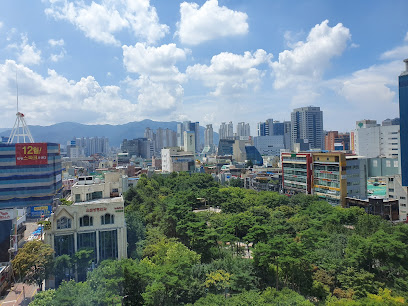
Gyeongsang-gamyeong Park
Discover the tranquil beauty and rich history of Gyeongsang-gamyeong Park, a serene escape in the heart of Daegu, South Korea.
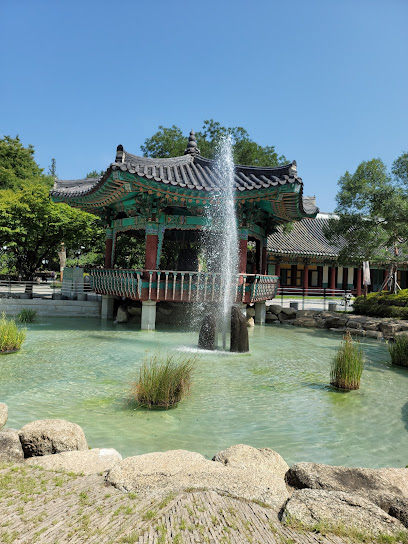
Cheongna Hill
Discover the scenic beauty and rich history of Cheongna Hill, a top tourist attraction in Daegu offering breathtaking views and cultural insights.
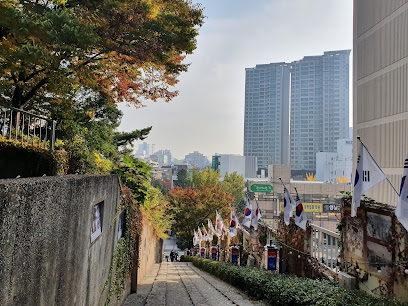
Bangcheon Market
Discover the vibrant atmosphere and authentic flavors of Bangcheon Market, a must-visit tourist attraction in Daegu, South Korea.
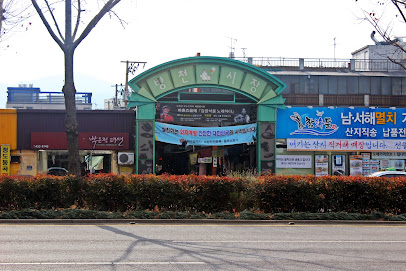
Daegu Modern History Museum
Discover Daegu’s vibrant past at the Modern History Museum, where rich narratives and engaging exhibits bring history to life for every traveler.
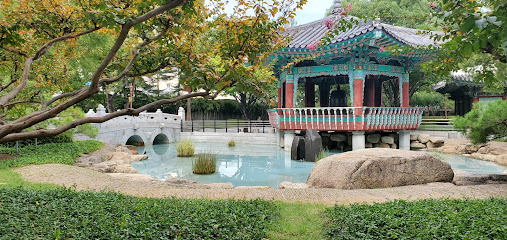
House of Yi Sanghwa
Visit the House of Yi Sanghwa in Daegu to experience Korea's literary heritage and stunning traditional architecture.
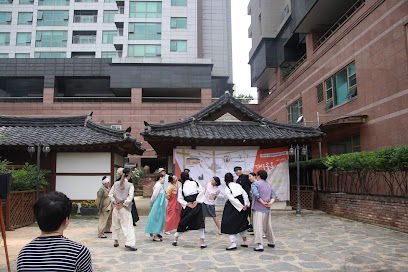
Daegu Heritage Trail
Discover Daegu's rich history and vibrant culture along the captivating Heritage Trail, a must-visit for every traveler exploring South Korea.
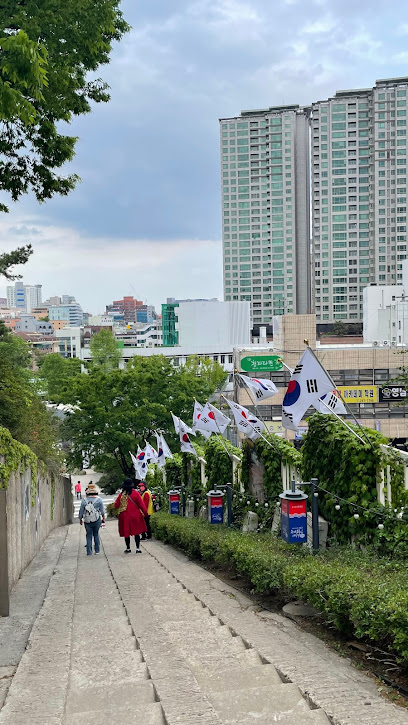
Unmissable attractions to see
Daegu Aquarium
Experience the magic of marine life at Daegu Aquarium, where education meets adventure in an underwater paradise.
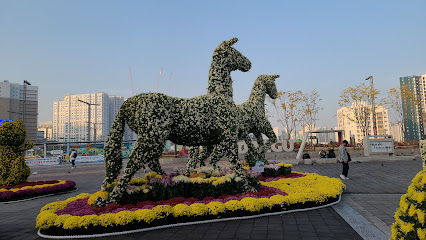
Gosangol Dinosaur Park
Discover a unique fusion of nature and prehistoric wonders at Gosangol Dinosaur Park in Daegu, South Korea, where adventure awaits for all ages.
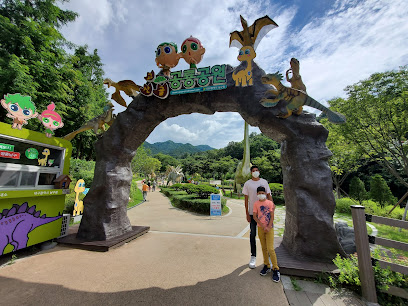
The Thinker Statue
Discover the contemplative beauty of The Thinker Statue in Daegu's Suseong-gu, a serene spot for reflection and art appreciation.
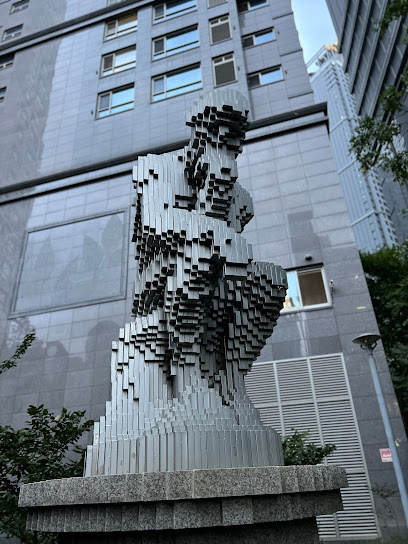
Essential places to dine
Junghwa Chinese Restaurant
Experience authentic Chinese cuisine at Junghwa Chinese Restaurant in Daegu - where flavor meets tradition.
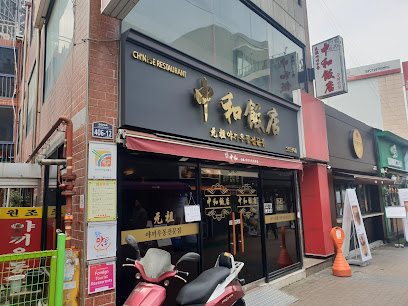
Vinplus
Discover authentic Italian flavors at Vinplus in Daegu - where every meal is a celebration of Italy's rich culinary traditions.

Balaji Restaurant
Discover authentic Nepalese flavors at Balaji Restaurant in Daegu - a culinary gem offering delightful dishes in a warm atmosphere.
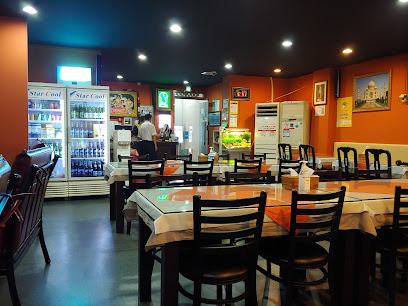
Tokyo Dining
Discover authentic Japanese cuisine at Tokyo Dining in Daegu – where tradition meets flavor in every dish.

Black Taco and Grill
Discover authentic Mexican flavors at Black Taco and Grill in Daegu - where every bite takes you on a delicious journey.
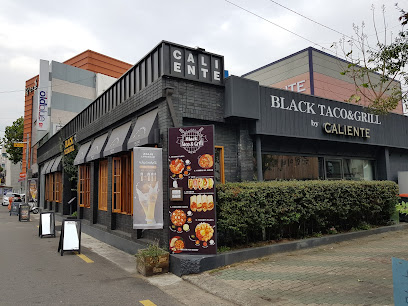
Tara Restaurant
Discover the rich flavors of India at Tara Restaurant in Daegu - where every dish tells a story.
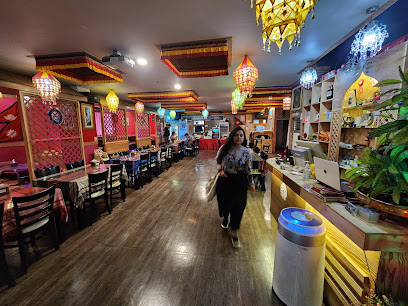
Dining Ce Lieu
Discover the essence of French cuisine at Dining Ce Lieu in Daegu – where exquisite flavors meet a charming ambiance.
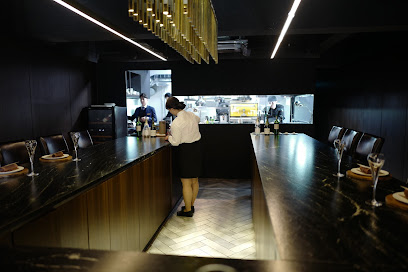
Gaejeong 介凈개정
Discover authentic Korean flavors at Gaejeong in Daegu - where tradition meets taste in every delightful dish.
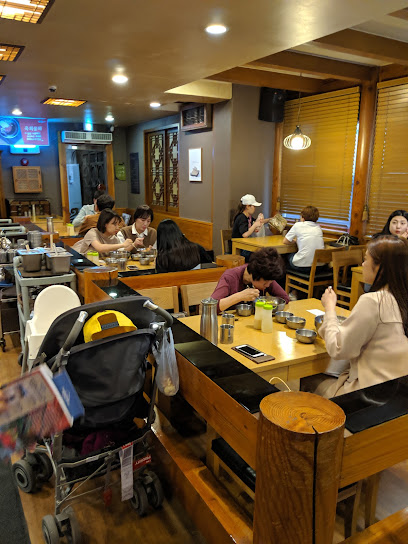
Picky Child Dining
Discover the delightful fusion cuisine at Picky Child Dining in Daegu—where traditional flavors meet modern culinary creativity.
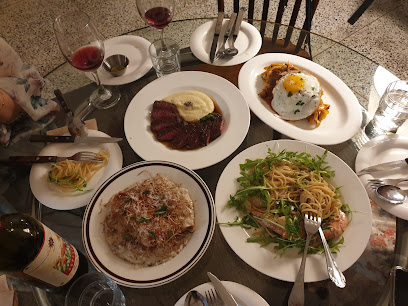
Daegu jung-gu restaurant no secondo
Discover authentic Northern Italian cuisine at No Secondo in Daegu Jung-gu - where flavor meets tradition in a cozy setting.
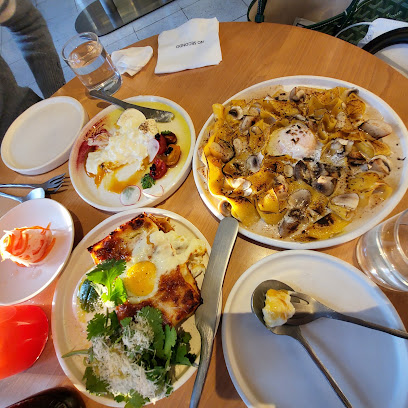
Markets, malls and hidden boutiques
Donga Department
Experience the essence of shopping in Daegu at Donga Department, where culture meets retail in an expansive oasis of choice.
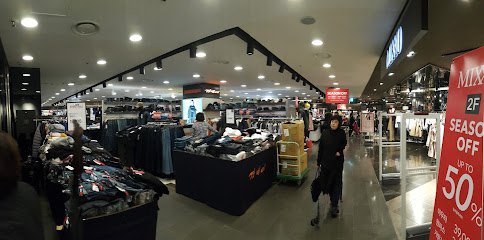
S Dot
Discover S Dot in Daegu, your one-stop destination for unique stationery, DIY supplies, and artistic inspiration in South Korea.
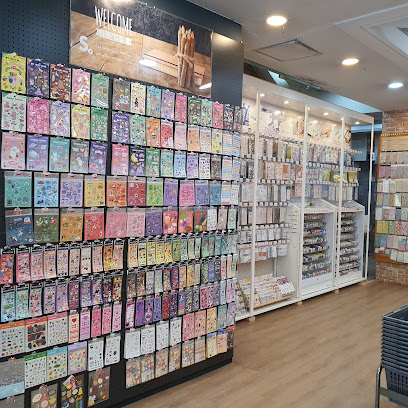
Gundam base Daegu
Discover the ultimate Gundam experience at Gundam Base Daegu, where anime fandom meets collectible toy heaven.

Daehyun Primall
Explore Daehyun Primall, Daegu's vibrant shopping mall, featuring diverse shops, delightful dining, and a dynamic atmosphere for all visitors.
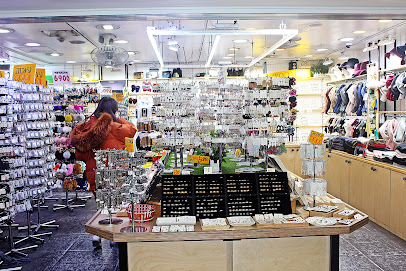
adidas Store Daegu Dongsungro
Explore the Adidas Store Daegu Dongsungro for an exceptional selection of sportswear and footwear that seamlessly blends performance with style.
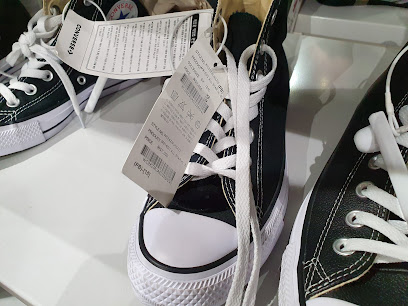
Saint James Boutique Daegu 대구
Explore unique fashion at Saint James Boutique Daegu, where contemporary styles and local culture blend seamlessly in the heart of South Korea.
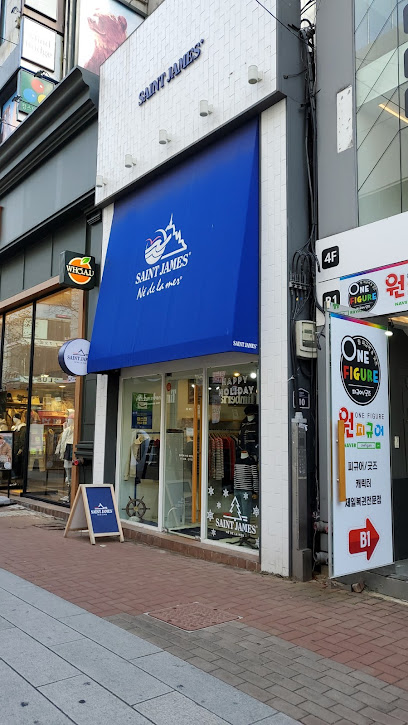
아니메굿즈
Explore a treasure trove of anime merchandise at Anime Goods in Daegu, where every fan can find unique collectibles and apparel.
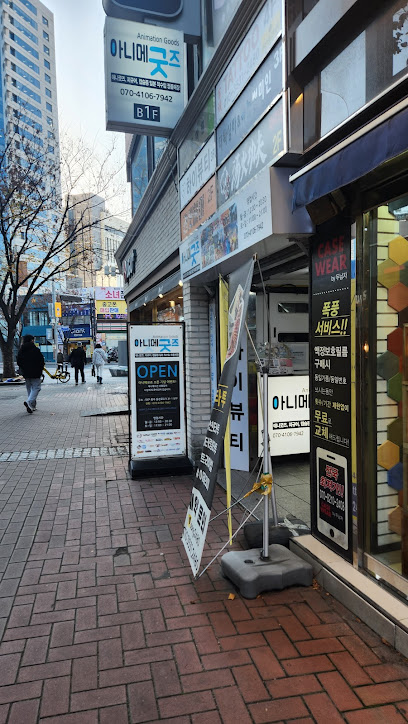
daegugoods
Explore Daegu Goods for authentic Korean souvenirs and unique treasures reflecting Korea's rich culture in the heart of Daegu.
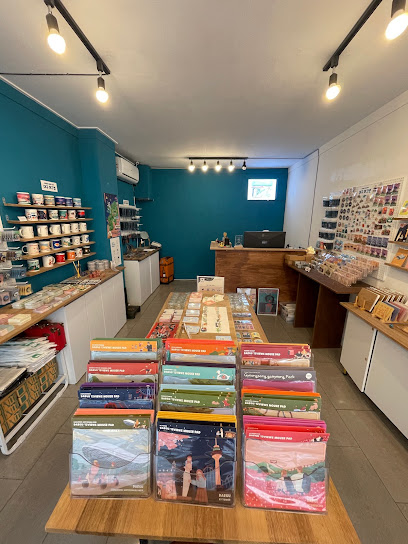
홀리데이비지터샵
Discover unique souvenirs and local crafts at 홀리데이비지터샵 in Daegu, a must-visit gift shop for all tourists seeking authentic Korean treasures.
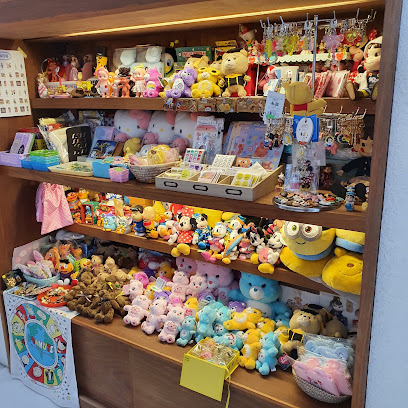
Flying Tiger Copenhagen
Explore the whimsical world of Flying Tiger Copenhagen in Daegu, where every corner offers unique gifts, home goods, and playful accessories for all ages.

Essential bars & hidden hideouts
이토스
Experience the vibrant nightlife of Daegu at Etohs, a lively pub offering a diverse drink selection and a friendly atmosphere.
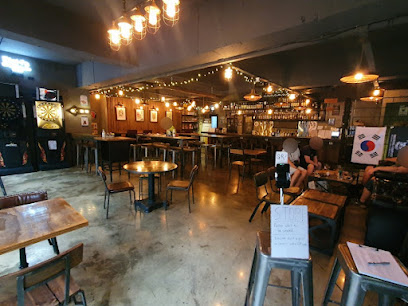
brewers brothers
Discover the heart of Daegu’s nightlife at Brewers Brothers, where craft beers and good company create unforgettable moments.
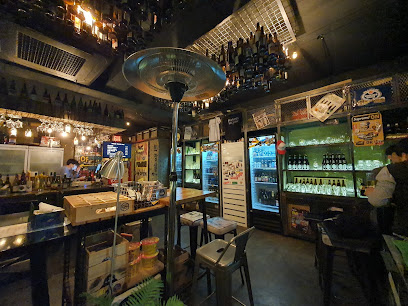
La Vida Loca
Discover the vibrant nightlife of Daegu at La Vida Loca, where creative cocktails and a lively atmosphere await.
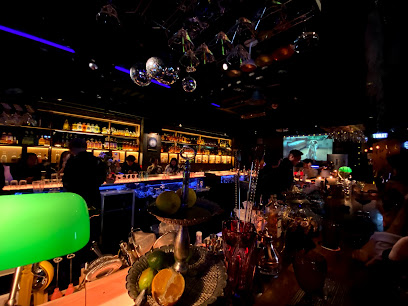
Los Cubanos
Experience the vibrant nightlife of Daegu at Los Cubanos, where great drinks, music, and dancing come together for an unforgettable evening.
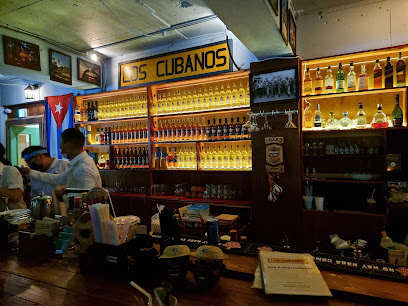
노르웨이의숲
Discover the vibrant nightlife of Daegu at 노르웨이의숲, a cozy bar offering a delightful mix of local and international drinks.
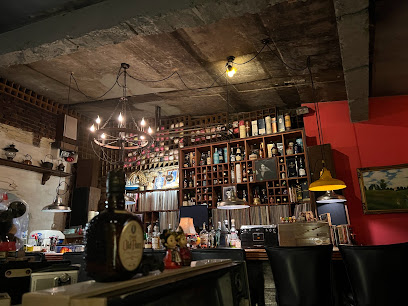
EASYS PUB
Discover the lively grill scene at EASYS PUB in Daegu, where delicious food meets a vibrant nightlife experience.
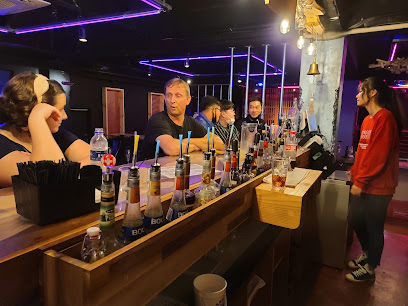
Who's Bob
Discover Daegu's nightlife at Who's Bob, where great drinks, a lively atmosphere, and unforgettable moments await you.
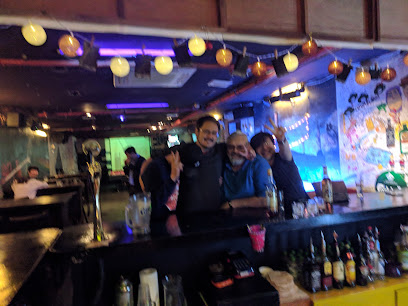
Daegu Bar GOGO PUB
Experience the vibrant nightlife at Daegu Bar GOGO PUB, a unique cocktail bar and Irish pub perfect for an unforgettable night out in Daegu.

molly lounge&pub
Experience the vibrant nightlife at Molly Lounge & Pub in Daegu, where great drinks and lively atmosphere meet.
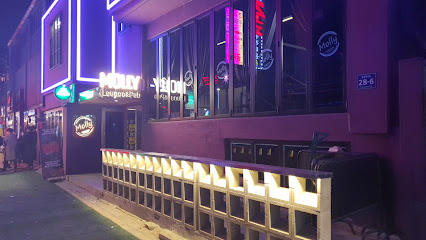
Daegu dongseongro whiskey bar & pub GROVE lounge
Discover the vibrant GROVE Lounge in Daegu, where exquisite cocktails and a lively atmosphere await you for an unforgettable night out.
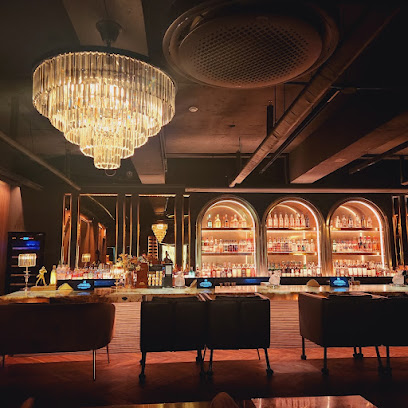
Local Phrases
-
- Hello안녕하세요
[annyeonghaseyo] - Goodbye안녕히 가세요
[annyeonghi gaseyo] - Yes네
[ne] - No아니요
[aniyo] - Please/You're welcome제발/천만에요
[jebal/cheonmaneyo] - Thank you감사합니다
[gamsahamnida] - Excuse me/Sorry죄송합니다
[joesonghamnida] - How are you?어떻게 지내세요?
[eotteoke jinaeseyo?] - Fine. And you?잘 지내요. 그리고요?
[jal jinaeyo. geurigoyo?] - Do you speak English?영어 할 수 있어요?
[yeongeo hal su isseoyo?] - I don't understand이해하지 못해요
[ihaehaji mothaeyo]
- Hello안녕하세요
-
- I'd like to see the menu, please메뉴를 보고 싶어요
[menyureul bogo sipeoyo] - I don't eat meat고기를 먹지 않아요
[gogireul meokji anayo] - Cheers!건배!
[geonbae!] - I would like to pay, please계산하고 싶어요
[gyesanhago sipeoyo]
- I'd like to see the menu, please메뉴를 보고 싶어요
-
- Help!도와 주세요!
[dowa juseyo!] - Go away!가세요!
[gaseyo!] - Call the Police!경찰을 불러주세요!
[gyeongchareul bulleojuseyo!] - Call a doctor!의사를 불러주세요!
[uisareul bulleojuseyo!] - I'm lost길을 잃었어요
[gireul ilheosseoyo] - I'm ill아파요
[apayo]
- Help!도와 주세요!
-
- I'd like to buy...구매하고 싶어요...
[guma hago sipeoyo...] - I'm just looking둘러보고 있어요
[dulleobo go isseoyo] - How much is it?얼마에요?
[eolmaeyo?] - That's too expensive너무 비싸요
[neomu bissayo] - Can you lower the price?가격을 내릴 수 있어요?
[gageogeul naeril su isseoyo?]
- I'd like to buy...구매하고 싶어요...
-
- What time is it?지금 몇 시에요?
[jigeum myeot sieyo?] - It's one o'clock한 시에요
[han sieyo] - Half past (10)10시 반
[sibsi ban] - Morning아침
[achim] - Afternoon오후
[ohu] - Evening저녁
[jeonyeok] - Yesterday어제
[eoje] - Today오늘
[oneul] - Tomorrow내일
[naeil] - 1하나
[hana] - 2둘
[dul] - 3셋
[set] - 4넷
[net] - 5다섯
[daseot] - 6여섯
[yeoseot] - 7일곱
[ilgop] - 8여덟
[yeodeol] - 9아홉
[ahop] - 10열
[yeol]
- What time is it?지금 몇 시에요?
-
- Where's a/the...?...이 어디에 있어요?
[...i eodie isseoyo?] - What's the address?주소가 뭐에요?
[jusoga mwoeyo?] - Can you show me (on the map)?지도로 보여 줄 수 있어요?
[jido ro boyeo jul su isseoyo?] - When's the next (bus)?다음 버스는 언제 와요?
[daeum beoseuneun eonje wayo?] - A ticket (to ....)표 한 장 (....으로)
[pyo han jang (....euro)]
- Where's a/the...?...이 어디에 있어요?
History of Dongseongno
-
Dongseongno, located in the heart of Daegu, began its transformation during the late 19th century, particularly after the opening of Korea to foreign influence. The neighborhood emerged as a commercial hub, benefiting from its proximity to key trade routes and the establishment of modern infrastructure.
-
During the Japanese occupation of Korea (1910-1945), Dongseongno underwent significant urban development. The Japanese authorities focused on modernizing the area, leading to the construction of Western-style buildings, shops, and entertainment venues. This period marked a shift in the neighborhood's cultural landscape, as new influences began to shape local customs and lifestyles.
-
The Korean War (1950-1953) brought devastation to many parts of Daegu, including Dongseongno. Post-war reconstruction efforts were crucial in revitalizing the neighborhood, leading to the establishment of new businesses and cultural institutions. The area became a symbol of resilience and recovery for the city.
-
In the late 20th century, Dongseongno evolved into a vibrant shopping and entertainment district, attracting both locals and tourists. The area became known for its bustling streets filled with fashion boutiques, cafes, and restaurants, reflecting the modernization of South Korean society. Cultural events and festivals began to flourish, showcasing the neighborhood's dynamic spirit.
-
Today, Dongseongno is a focal point of Daegu's cultural identity, hosting numerous art galleries, theaters, and music venues. It serves as a gathering place for various cultural activities and events, highlighting the neighborhood's role in promoting the arts and community engagement within the region.
Dongseongno Essentials
-
Dongseongno is centrally located in Daegu, making it easily accessible from other neighborhoods. If you're coming from Daegu Station, take Line 1 of the Daegu Metro and alight at Dongdaegu Station. From there, you can catch a taxi or take a local bus to Dongseongno, which is about a 10-15 minute drive. Alternatively, if you're on the bus, many local routes connect directly to Dongseongno. The major bus terminals also have direct services to Dongseongno.
-
Dongseongno is pedestrian-friendly, making it easy to explore on foot. The area is well-served by public transportation, including buses and the Daegu Metro. The nearest metro station is Dongseongno Station on Line 1. Bicycles can also be rented from local bike-sharing services, which are a great way to explore the streets and nearby parks at your own pace.
-
Dongseongno is generally safe for tourists, with low crime rates. However, like any urban area, it’s wise to stay vigilant. Avoid poorly lit streets at night, especially in the alleys behind shopping areas. Petty crimes, such as pickpocketing, can occur in crowded places, so keep an eye on your belongings. There are no specific areas in Dongseongno known for high crime rates targeting tourists.
-
In case of an emergency, dial 112 for police assistance or 119 for fire and medical emergencies. It's advisable to have the contact information of your country's embassy or consulate handy. Local hospitals are available for medical emergencies. For minor health issues, pharmacies are widely available throughout Dongseongno.
-
Fashion: Do dress modestly, especially when visiting local temples or traditional areas. Avoid overly revealing clothing. Religion: Do respect local customs. When entering religious sites, be quiet and follow any posted rules. Public Transport: Do give up your seat for elderly passengers. Don’t eat or drink on public transport. Greetings: Do bow slightly when greeting, especially to older individuals. Eating & Drinking: Do try street food and local specialties. Don’t waste food or refuse food offered by locals, as this can be considered impolite.
-
To experience Dongseongno like a local, visit the bustling Dongseongno Street Market, where you can sample local snacks and shop for unique souvenirs. Engage with local shopkeepers, as they are often eager to share stories about their crafts. Don’t miss the nearby Apsan Park for a peaceful escape, and consider taking the cable car for stunning views of the city. Attend local festivals if your visit coincides with them, as they provide a rich cultural experience.
Nearby Cities to Dongseongno
-
Things To Do in Gyeongju
-
Things To Do in Ulsan
-
Things To Do in Pohang
-
Things To Do in Andong
-
Things To Do in Busan
-
Things To Do in Daejeon
-
Things To Do in Jeonju
-
Things To Do in Suncheon
-
Things To Do in Gwangju
-
Things To Do in Suwon
-
Things To Do in Mokpo
-
Things To Do in Seoul
-
Things To Do in Chuncheon
-
Things To Do in Incheon
-
Things To Do in Fukuoka




